Claus Sluter Paintings
Claus Sluter, a pivotal figure in the transition from medieval to Northern Renaissance art, was born around 1360, possibly in Haarlem, in what is now the Netherlands. Little is known about Sluter's early life and training, but by the late 14th century, he emerged as one of the most innovative and influential sculptors of his time. His work is characterized by a remarkable realism and emotional intensity, which marked a departure from the more stylized figures of Gothic art.
Sluter's career took a significant turn when he moved to Burgundy, France, in 1385. He entered the service of Philip the Bold, Duke of Burgundy, one of the most powerful patrons of the arts in Europe. Sluter was appointed as the court sculptor and given charge of the ducal workshops. In Burgundy, he worked on several major projects that would define his legacy and influence the direction of European sculpture.
One of his most famous works is the Well of Moses (1395-1406), a monumental sculpture that served as a base for a crucifixion group, originally part of a larger Calvary complex at the Chartreuse de Champmol, a Carthusian monastery founded by Philip the Bold near Dijon. The Well of Moses demonstrates Sluter's innovative approach to sculpture, featuring lifelike figures of prophets with deeply carved facial expressions and draperies that reveal a keen observation of nature and human emotion.
Sluter also contributed to the design and execution of the portal of the Chapel of the Chartreuse de Champmol, further establishing his reputation. His work is noted for its detailed realism and the expressive individuality of the figures, characteristics that would influence the development of Northern Renaissance art.
Claus Sluter's legacy lies in his ability to breathe life into stone, capturing the spiritual and emotional depth of his subjects. His sculptures represent a significant shift towards realism and the portrayal of human emotion in art, setting the stage for the developments of the Renaissance in northern Europe. Sluter's influence extended beyond his lifetime, inspiring subsequent generations of artists in the Burgundian region and beyond. Despite the limited number of surviving works definitively attributed to him, Sluter's contribution to the art of the late Middle Ages and early Renaissance remains profound.
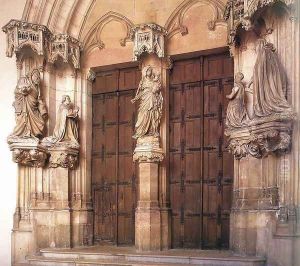
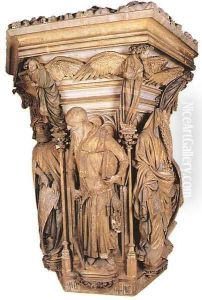
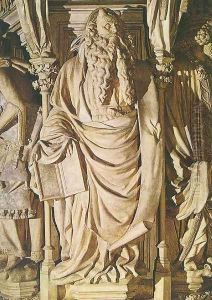
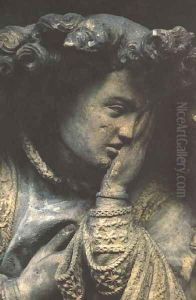
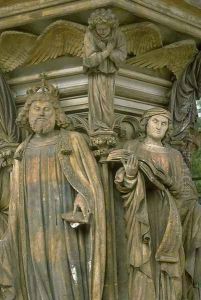
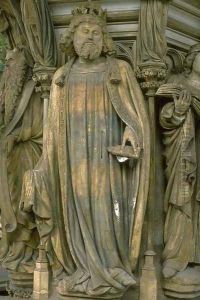
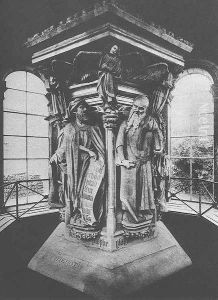
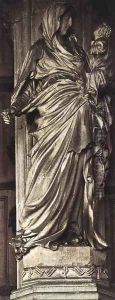
![Well of Moses: Moses [detail]](https://www.niceartgallery.com/imgs/278847/s/claus-sluter-well-of-moses-moses-detail-8f65f482.jpg)
![Tomb of Philip the Bold, Duke of Burgundy [detail]](https://www.niceartgallery.com/imgs/278838/s/claus-sluter-tomb-of-philip-the-bold-duke-of-burgundy-detail-2dbec4df.jpg)
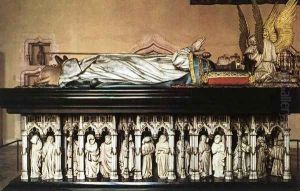
![Memorial to Philip the Bold [detail: 1]](https://www.niceartgallery.com/imgs/278846/s/claus-sluter-memorial-to-philip-the-bold-detail-1-588774da.jpg)
![Memorial to Philip the Bold [detail: 2]](https://www.niceartgallery.com/imgs/278849/s/claus-sluter-memorial-to-philip-the-bold-detail-2-1b18e214.jpg)